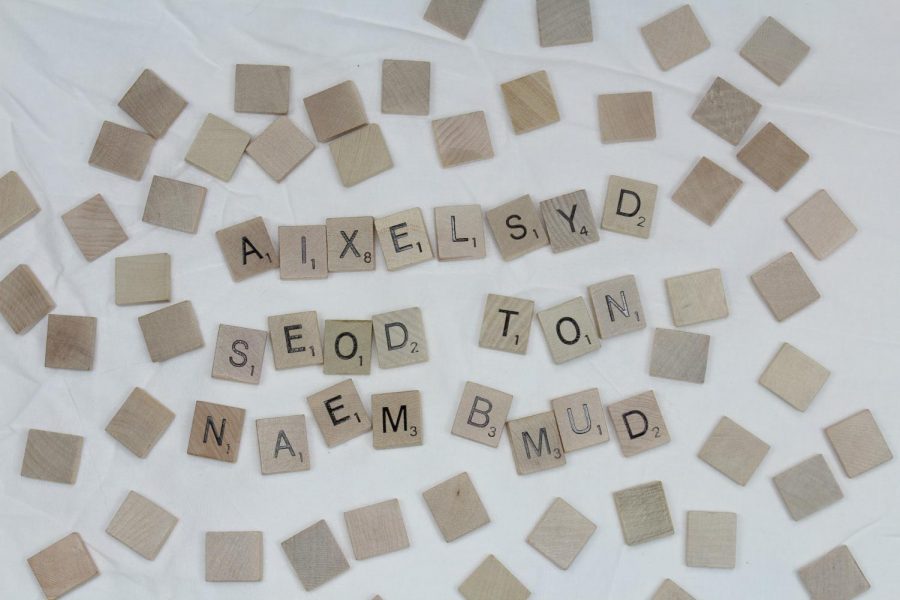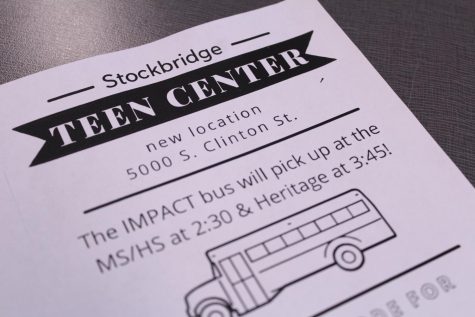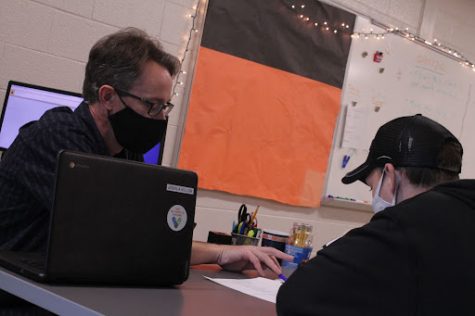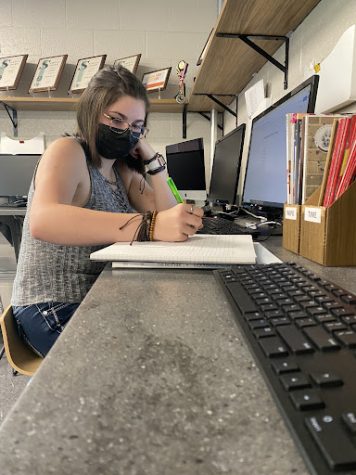Dyslexia does not mean dumb
One in five students has dyslexia according to The Dyslexic Center of Utah.
“We did reading testing, and found out when I was in third grade,” freshman Benjamin Young said about his form of dyslexia. “We went to a doctor to actually know, but we definitely started to realize when I was way behind everyone else.”
Dyslexia is a disability, but by no means a student is less intelligent than another student because of it. Dyslexics are, in fact, quite talented individuals, according to DoSomething. Quite commonly, people with dyslexia are more creative and have a higher level of intelligence than those without dyslexia.
Dyslexia comes in many forms–there are groups and subgroups, but no one complete list exists. However, according to Understood, a website for providing information about learning and attention issues, there are five very common types of dyslexia: phonological dyslexia, surface dyslexia, rapid naming deficit, double deficit dyslexia and visual dyslexia.
Senior Makayla Powell, while not having dyslexia herself, lives with a roommate who has surface and visual dyslexia, who has difficulty recognizing whole words by sight.
“She handles it pretty well,” Powell said, “but when she is doing assignments for her classes, I will read chapters or books for her out loud for her to respond to. She’ll also write notes and stuff and her d’s and b’s are always backwards, and it is confusing at times because she can’t spell some things.”
Though not possible for one person to speed up the reading and comprehension process for a dyslexic, it is possible to help tame the words to keep them from jumbling up as much.
According to the British Dyslexia Association, dyslexic readers prefer to read text in which the letter “g” and “a” are rounded, when a big font is present and when letter spacing is evident so letters like “r” and “n”–next to each other do not blend into an “m.”
Sans Serif fonts are the easiest to read for dyslexics, which include: Arial, Comic Sans, Century Gothic, Verdana and Calibri. Additionally, there are fonts specifically designed for dyslexics, such as Lexia Readable, Open-Dyslexic, Dyslexie.
Young finds that there is nothing that really helps him read better. However, Young was put in a reading group when he was younger that helped him “learn how to deal with” his dyslexia.
“I had this one teacher who treated me differently,” Young said. “I didn’t like it, so I told her to stop. She didn’t have me read out loud, and that made me feel like I wasn’t smart enough to read. I really didn’t like it.”
English teacher Pam Gower understands that dyslexia is a disability, and if necessary for the student, she will provide accommodations for assignments.
“I come at every student with an individualized plan,” Gower said. “All students have strengths and weaknesses, and dyslexia is just one of those challenges that I would treat like anything else, like having attention deficit disorder or not having internet at home.”
For students with trouble reading, Gower’s accommodations include shortening reading assignments or pushing back the due date because of having to work harder to understand the content.
“I think that all individual learning disabilities or needs affect my teaching and have affected it over time to where I realize that I have to make accommodations like giving more time or shortening an assignment, but it doesn’t change the way I treat them.”









